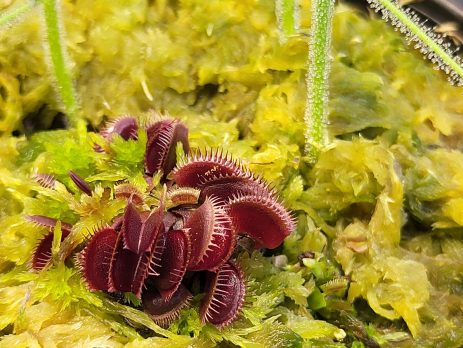Which months in the year are Venus Flytraps most active?
Venus flytraps are most active during the warmer months of the year, which are typically from late spring through early fall. This is because Venus flytraps are native to subtropical wetlands in the southeastern United States, where they grow best in warm and humid conditions. Specifically, Venus flytraps tend to be most active during the months of May through October, when temperatures are generally above 70°F (21°C) and there is plenty of sunlight. During this time, the plants produce new leaves,...










